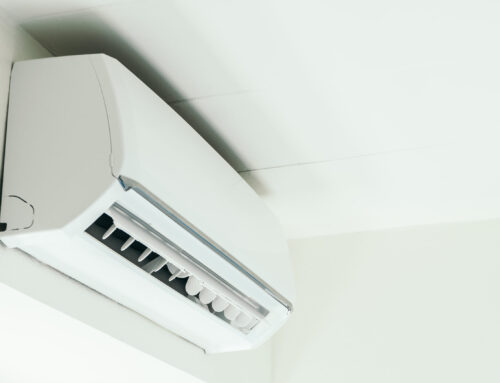
Whether carbon monoxide, asbestos or sulphur dioxide, it’s not unusual to hear about air pollutants now and then. However, when we think about these things, it is usually in regard to what we are exposed to in outdoor settings.
Over the past few decades, people have spent more and more time indoors – especially true over the past few years with many of us working from home. When so much of our time is spent inside, it is only natural for our attention to turn to our home’s indoor air quality. Below, we’ll discuss a few of the benefits of indoor air quality (IAQ) testing.
Health
It is no secret that the air that we breathe affects our health. So, it’s important to be mindful of the products we use in our homes. These include cleaning supplies, wood or coal heating, cooking appliances, paints and insecticides.
Although some products are intended for outdoor use only, they are still likely to be stored inside. Accidental spills and leaks can quickly make these products hazardous in more ways than one. If you discover a spill, consider getting an IAQ testing.
Symptoms to Watch Out For
In many cases, the symptoms that indicate you should have your IAQ tested are similar to those of a cold or flu. They include stuffy nose, sneezing and watery eyes; it wouldn’t be strange to misdiagnose these symptoms as something else.
However, if symptoms seem to get better or worse depending on which room someone is in, they are likely not caused by a common cold. For peace of mind and to prevent others from developing similar symptoms, it’s best to have your air quality tested.
When we don’t identify the root of a problem, there is nothing to stop the issue from worsening or spreading. If anyone in your family has asthma or another respiratory illness, it’s crucial to limit their exposure to poor air quality.
Detect Unseen Issues
One of the biggest advantages of indoor air quality testing is detecting air pollutants that we can’t see or smell. Often, we assume that if there are dangerous contaminants in our vicinity, we will be able to detect them.
Mould is a prime example of the type of pollutant indoor air quality testing can find. Mould is not always detectable simply using our senses of sight or smell.
Hidden mould, also known as invisible mould, cannot be detected by the human eye. Furthermore, it may be in an area of your home that is not easily accessible, like between the walls or around the indoor part of your air conditioning unit that is in the ductwork. In these cases, not only is indoor air quality testing recommended, but it may be the only affordable way to pinpoint the problem area.
Once you find the mould, you can follow the steps to remove it properly and banish it from the area for good. Cleaning the indoor part of your air conditioner (known as a coil) is both an effective form of treatment and prevention.
Air Conditioning Cleaning in Canada
You should never have to go without clean and safe air. If you’d like more information about indoor air quality testing, or you’d like to know how HVAC systems and air conditioning cleaning can benefit you, contact Canada HVAC. Call us today at 833-226-4822 or fill out our online contact form to speak with our knowledgeable and experienced HVAC experts.





